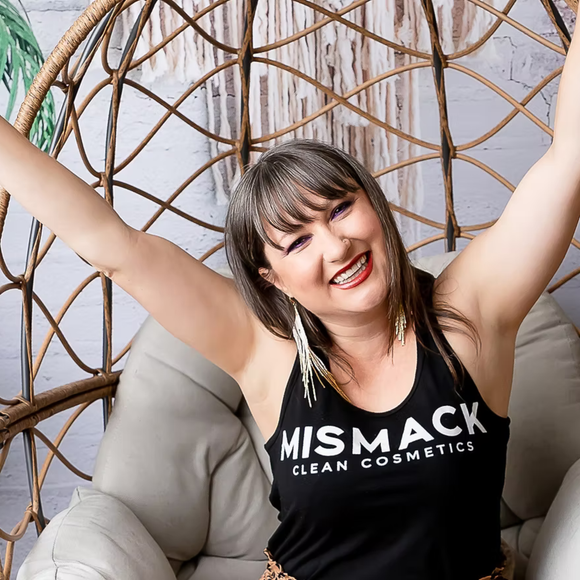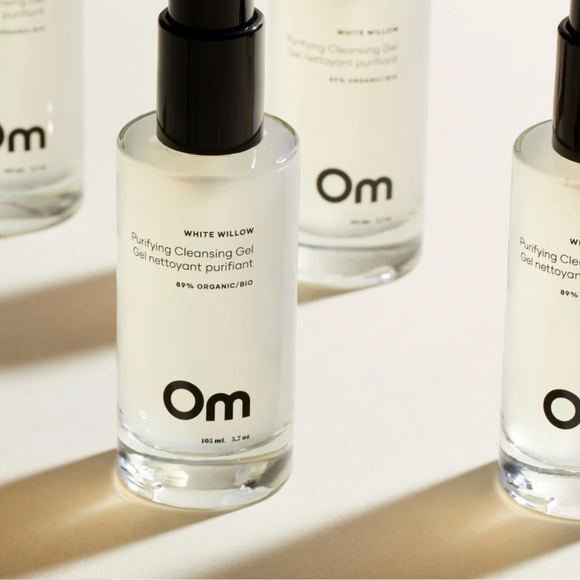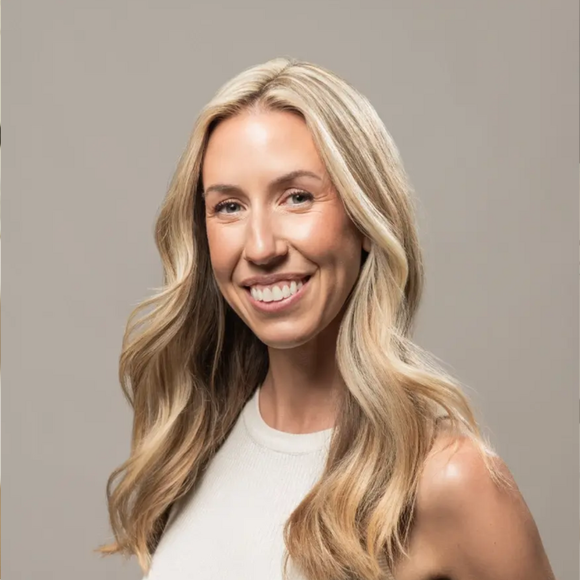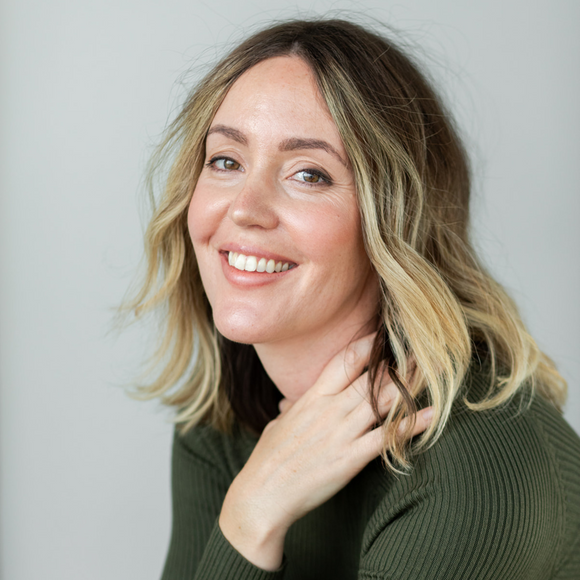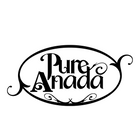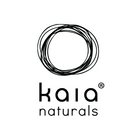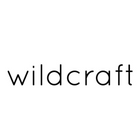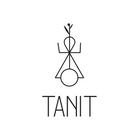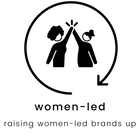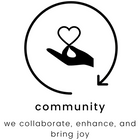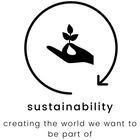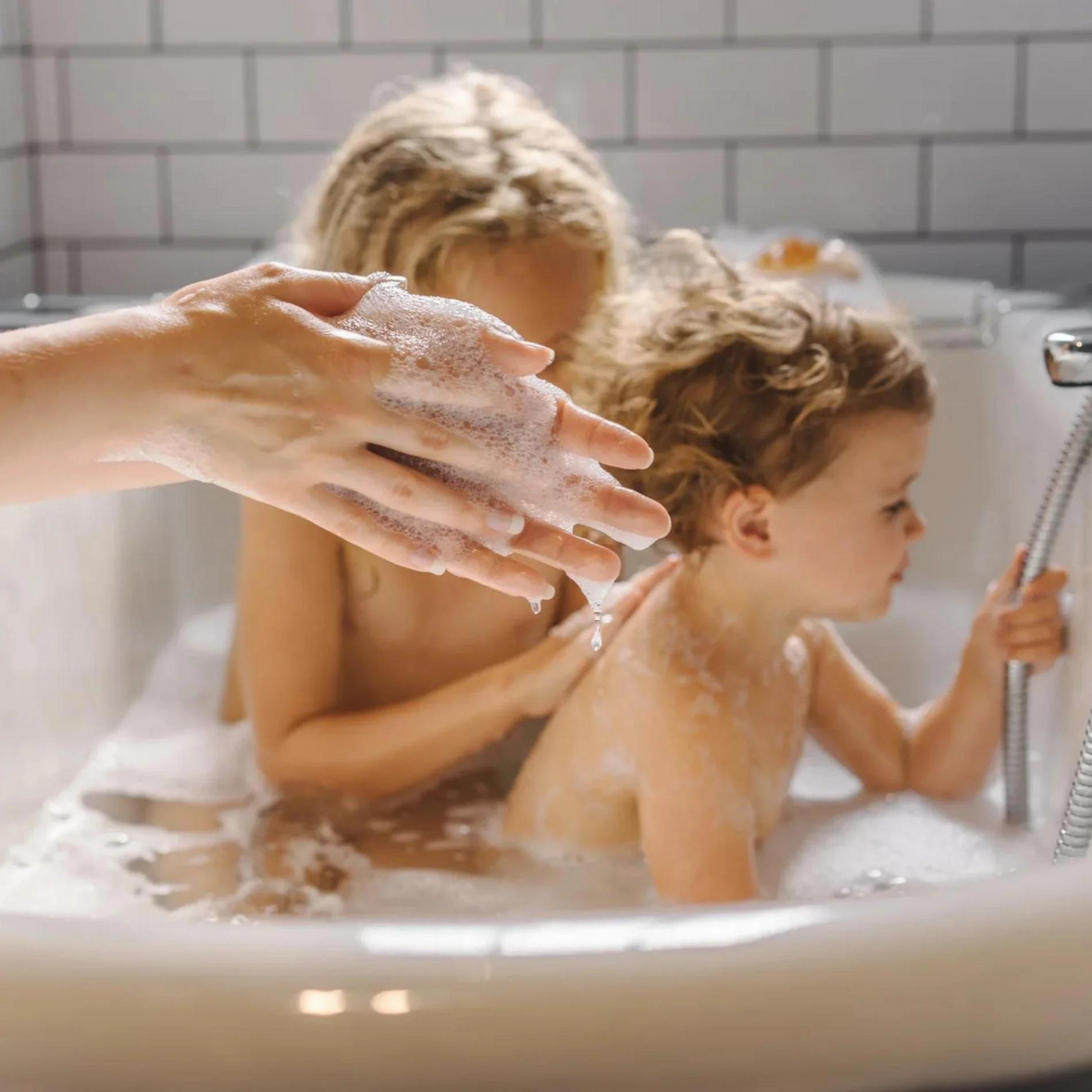
self-care products for little ones: a mother's perspective
age-appropriate products
Children have unique needs at different stages of their development. As your child grows, their requirements for self-care products change too. Ensure that you select age-appropriate products to meet their evolving needs. For example, baby lotions are formulated to be gentle and nourishing for delicate newborn skin, while products for older children might focus on specific concerns like acne or eczema.allergies & sensitivities
Many children have allergies or sensitivities to certain ingredients. Pay close attention to your child's reactions to different products and consult with a pediatrician if needed. Avoid known allergens such as nuts, dairy, gluten, or specific plant extracts that your child may be sensitive to. Being proactive and mindful about potential allergens will help you select self-care products that are safe and suitable for your child's unique needs.patch testing
Before introducing a new product into your child's routine, perform a patch test. Apply a small amount of the product on a small area of your child's skin, such as the inner forearm, and observe for any adverse reactions like redness, itching, or irritation. This simple step can help you identify potential sensitivities and prevent discomfort or allergic reactions.
research to find trusted brands
When it comes to choosing self-care products for your little ones, conduct thorough research and seek out trusted brands. Look for companies that prioritize safety, quality, and transparency. Read reviews, seek recommendations from other mothers, and consult with pediatricians or dermatologists for their expert advice. Choosing reputable brands with a commitment to rigorous testing and natural ingredients will provide you with peace of mind.
safety & ingredients
Ingredients lists can be just as confusing as they can be helpful, leading many to trust labels and misleading advertising. From a mother's perspective, anything that could lead to potential irritation, toxin buildup, or future health complications for their children is an absolute no-go, favouring safe, risk-free formulas instead. Avoid these ingredients when shopping as much as possible for best results.
- sulfates
- pthalates
- fragrances
- bisphenol a (BPA)
- talc
- parabens
- tributyltin (TBT)
- oxubenzone
- formaldehyde (DMDM hydantoin and bronopol)
- diethyl pthalate
- phenoxyethanol
- benzyl alcohol
- sodium benzoate
- dioxane
- siloxane, dimethicone, trimethicone, etc.
- petrolatum
- sodium lauryl/laureth sulfate
- PEG compounds
environmental impact
From the perspective of environmental impact, choosing products for your child that not only cause the least harm to their immediate health, but that vote towards a future that they will be safer and happier in is the best we can do. After all, this is environment they will grow up in, and have children of their own in. Although the action seems small and insignificant, choosing to care for your children with safe, non-toxic, and natural products generally means less packaging or at the very least, more conscious packaging, and best of all, less harmful chemicals around our loved ones.
Motherhood is a journey of love, care, and endless dedication. When it comes to choosing self-care products for our children, careful consideration of ingredients is essential. By prioritizing safety, reading labels, being mindful of allergies and sensitivities, conducting patch tests, and relying on trusted brands, we can ensure that the products we use promote our child's health and well-being. Let's embrace the journey of motherhood and cherish every moment we spend caring for our precious little ones, while making informed decisions that prioritize their safety and happiness.
resources
https://davidsuzuki.org/living-green/dirty-dozen-cosmetic-chemicals-avoid/

